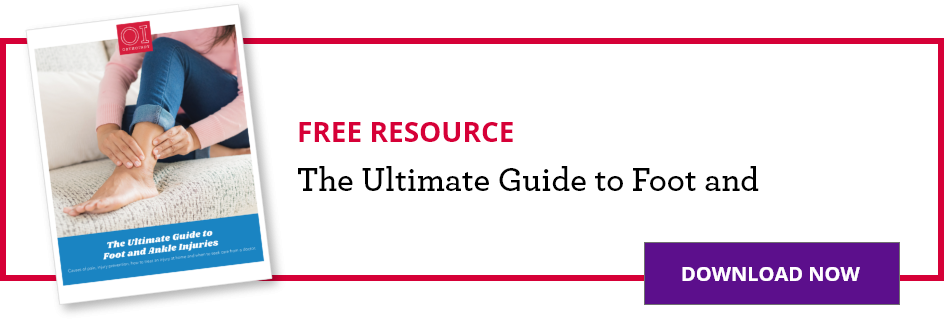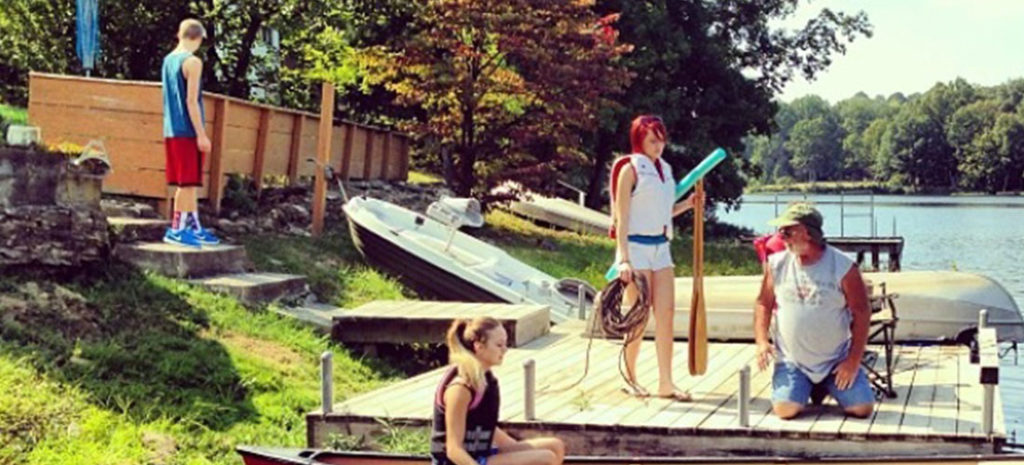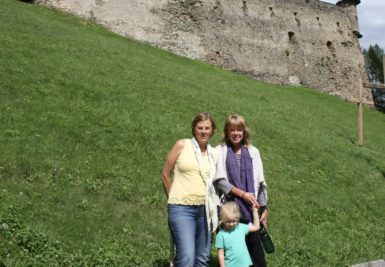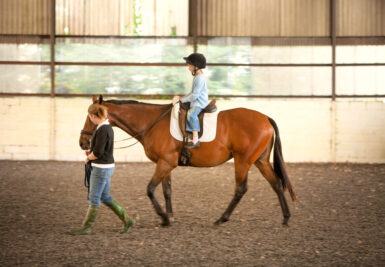THIS POST IS PART OF THE ULTIMATE GUIDE TO FOOT AND ANKLE INJURIES
Intoeing, most commonly known as being “pigeon toed”, means that when a child walks or runs the feet turn inward instead of pointing straight ahead. Usually parents notice intoeing when their child first begins walking; however, parents may notice intoeing at various ages as well.
Severe intoeing may cause children to stumble or trip, but it usually does not cause pain or lead to arthritis. Most likely, a child experiencing intoeing will grow out of it as it slowly corrects itself without the use of casts, braces or surgery.
Every once in a while a child will not grow out of it, which was the case for Kendall Slover. Kendall’s intoeing caused her a lot of pain and frustration. At ten years old, when most children grow out of their symptoms, Kendall was still having trouble with even the simplest of activities.
Unable to be a kid
“Walking, running or even sitting crossed legged was very difficult for me,” said Kendall, now 18 years old. “I was not able to be very active in gym class or participate in sports because it became too painful.”
It was difficult for Kendall to really feel like a kid and participate in fun activities and family outings.
“Kendall’s condition had a great affect on our lives and often limited activities that we did as a family,” said Mandi Goodlet, Kendall’s mother. “A simple bike ride or long walk would often leave Kendall in so much pain, which was often not worth the activity. As a parent, it was very difficult to see my child in pain every day.”
Diagnosis and surgery
When Kendall was 14 years old she and her family decided to seek the help of OrthoIndy physician, Dr. Carlos Berrios. Dr. Berrios determined Kendall would need to undergo a procedure: Derotational femoral osteotomies for bilateral femoral anteversion.
“I wanted that sense of normalcy so badly and wanted to function without having to take pain medication so I was ready for the surgery,” said Kendall. “I knew that eventually I would get there because we finally found an answer to the problem.”
Femoral anteversion occurs when a child’s femur turns inward. The upper end of the femur, near the hip, has an increased twist, which allows the hip to turn inward more than it turns outward. This causes both the knees and the feet to point inward during walking. In Kendall’s case, both her femurs were rotated 45 degrees inward.
“I remember back to Kendall’s very first appointment, when Dr. Berrios explained to me that Kendall needed to have a major surgery in order to correct her condition,” said Kendall’s mother. “The news was very unexpected and not what I wanted to hear. Honestly, I expected to hear that Kendall had a problem that maybe physical therapy or medication would treat. But hearing the words that a major surgery was needed and our lives were about to change was very hard to hear.”
During derotational femoral osteotomies for femoral anteversion, the femurs are rotated back into proper alignment. Since both of Kendall’s femurs were rotated she was confined to a wheelchair for several months to heal. Kendall had to relearn how to walk again and take time out from being a normal kid. The healing process was an emotional rollercoaster for both Kendall and her mother.

Life after surgery
“I truly feel like Dr. Berrios gave me my life back,” said Kendall. “After months of searching for answers, he was the only doctor that had a solution. I couldn’t be more appreciative of him and his team. If it wasn’t for him, my life would be completely different. He was able to give me back my freedom, and I was able to be a kid again.”
For so long Kendall sat on the sidelines and watched her friends play games. Now, she can run, jump and stand for as long as anyone and experience no pain at all. Kendall determined that her readiness to start living her life is really what kept her going.
“It absolutely blows my mind to see how far I have actually come and all of the wonderful people who helped get me here,” said Kendall. “I had almost resigned to the thought of living in pain for the rest of my life and having to find a way to be okay with missing out on so many opportunities. Now, I can’t think of any limitation I have set for myself or that anyone else has set for me.”
Most importantly, Kendall can be her own person. She doesn’t have to depend on anyone to help get her around. She is now an independent and functioning member of society.
Dr. Berrios agreed that Kendall was an ideal and determined patient. “Usually a patient will heal in three months and be able to be active again six months after surgery,” said Dr. Berrios. “Kendall was a great patient. She was very strong mentally and very sweet at the same time. Kendall had a lot of desire to get better and her family was also very supportive.”
Kendall’s now pain free life and newfound independence has also affected her family.
“I have a hard time finding the words to express my gratitude towards Dr. Berrios,” said Kendall’s mother. “Throughout the years, he has remained caring and consistent. He always takes extra time to ensure that our questions are answered. He also has a great calming effect with his smile and personality. It has been a long road with many sacrifices and painful days, but Kendall is now able to function and go through life pain free, which makes all the difference in the world.”
Kendall is excited to be living her new life and is eager to see where life will take her.
“I don’t think anything can describe the emotion and relief I felt at that very last appointment,” said Kendall. “Finally being done with all of the X-rays, assessments, exercises and medications was liberating. It is so amazing knowing that now there is absolutely nothing holding me back.”
To schedule an appointment with Dr. Berrios please call 317.802.2847 or learn more about pediatric orthopedics at OrthoIndy.
Schedule an appointment
Your well-being is important to us. Click the button below or call us to schedule an appointment with one of our orthopedic specialists. If your injury or condition is recent, you can walk right into one of our OrthoIndy Urgent Care locations for immediate care. For rehabilitation and physical therapy, no referral is needed to see one of our physical therapists.





